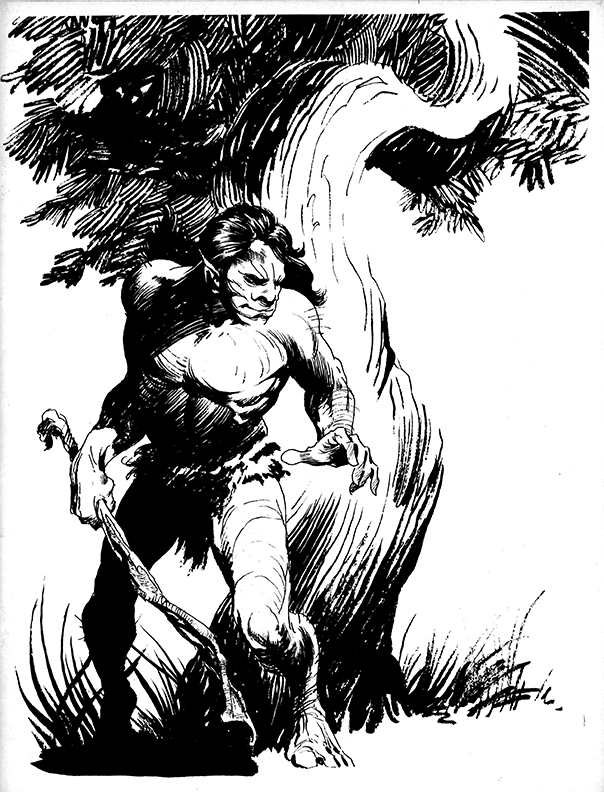
Infinity 1: Summer 1970
Editors/publishers: Adam Malin and Gary Berman
What is that saying? From small things big things one day shall come? That definitely applies in this case. Infinity started here, a scrappy zine from a couple of (I think) teenagers, and it went on to be, arguably, the best “art-zine” of its time. I have covered the later issues but have finally gotten around to covering the initial issue (thanks to the all knowing Manny Maris). Adam, through Facebook, answered some questions for an earlier column, and from that is drawn the quote below.
Gary and I grew up together on a block of duplexes in Fresh Meadows, New York (on Long Island). We were both comic book fans and I in particular was obsessed with the works of Stan Lee, Jack Kirby and Jim Steranko. Around that time in the back of a Marvel comic book I stumbled on an ad for a fanzine called RBCC (Rockets Blast Comic Collector) which I ordered. And much to my surprise I saw ads from hundreds of people selling off comic books well as for magazines I’d never seen before called fanzines; adapting that concept Gary and I began putting together a fanzine called Infinity. I was fortunate in that my father was a commercial artist and had experience with paste-up work, letraset, prestone and typesetting, all of which were mechanical media years before the advent of computer desktop publishing. Our first issue launched in 1970 and through my growing fan acquaintances I was able to gather artwork from some of the notable comic and fantasy artists of the era.

This first issue shows the first awkward steps of the two go getters…the interior design is scattershot at best, and the reproduction not so hot in some places. But, like all great fanzines, the enthusiasm and dedication is there in spades.
As far as contributors go, this issue definitely sets the stage for the level of work that be coming soon. In fact, in the person of Berni Wrightson, it thunders in immediately with a huge ax, dragging a wench by the hair! That is, savage barbarian action aplenty! Left and below are a few small pieces (and the cover above is by Wrightson as well).
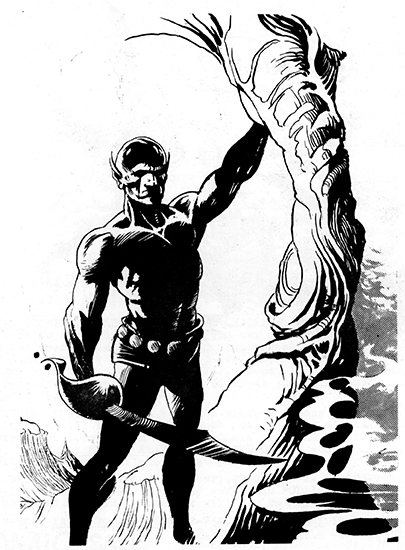
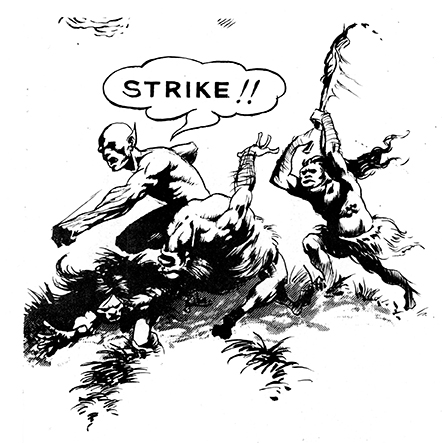

The first text feature is an interview with EC and Mad leader, Bill Gaines. Following is a comics quiz, an article on Horror: DC and Marvel, and a review column on “fanazines” (dunno why they called them that). After those text features is an interview with…Galactus! Why he couldn’t just send Norrin Radd is beyond me…isn’t that what heralds are for? An article on fandom in general follows and then The Comic History of Tarzan, adorned by a Russ Manning sketch. At left is a sketch of the very recently departed Marie Severin of a Kazar cover. Next up is an article called The Comic Speculator, on the business of buying and selling collectible comics. Ironically, there was a line in the Gaines interview stating that EC covers were “going for upwards of 60 dollars.” Can you imagine???
An interview with Jim Warren follows, somewhat lengthy for a fanzine, which is nice. Right before that, though, you get to see the raw power of Jack Kirby personified in the Captain America pin up below.
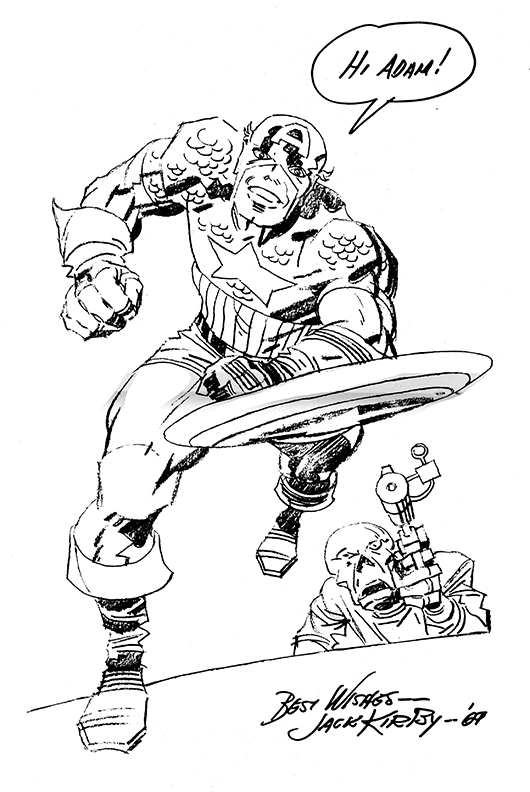
A reprinted EC story by Reed Crandall follows, then we witness some fan fiction in The Great Time Revolt. A few ads, an editorial, the Berni Wrightson portfolio (most of which is seen above), and a short Hal Foster feature follows, accompanied by the illustration seen below.

I cannot end the column without showing some illustrations by the much loved Dave Cockrum below, pretty early in his fanzine “career.”
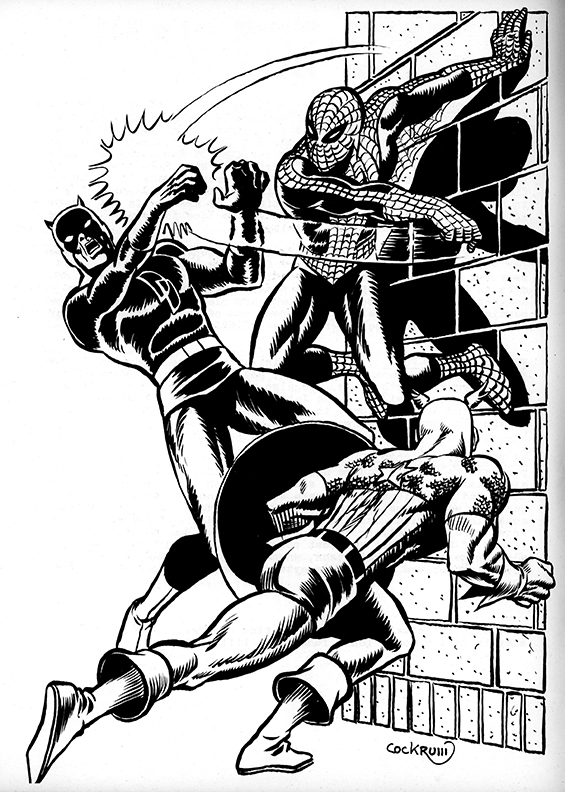
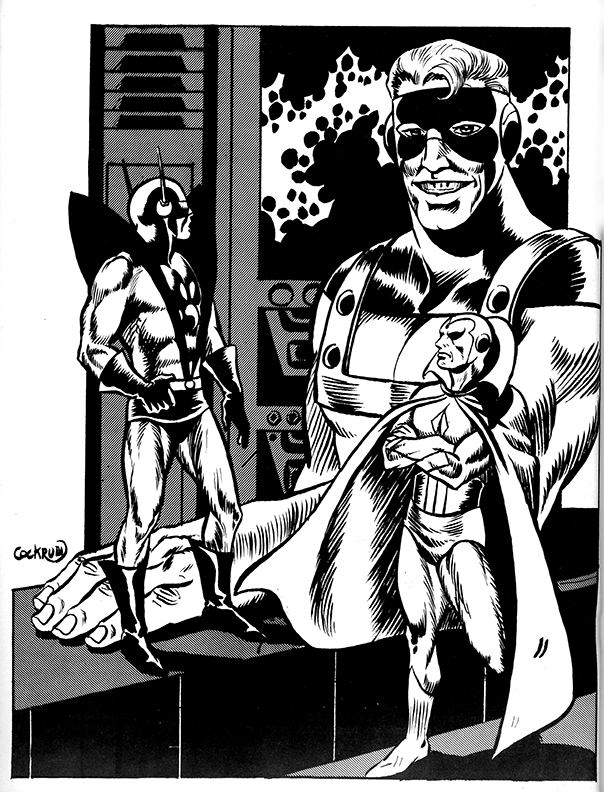
Infinity the measure of time might go on forever, but Infinity the fanzine ends at page 48! Thanks again to the great Manny Maris for allowing me to borrow this zine to scan and don’t worry, there are many more to follow.
Please feel free to leave comments, requests, diatribes, exhortations, and cries of surrender! Remember, you can access all the fanzines (and pdfs of the full zines) on my website here!
Ken Meyer Jr.
kenmeyerjr@yahoo.com



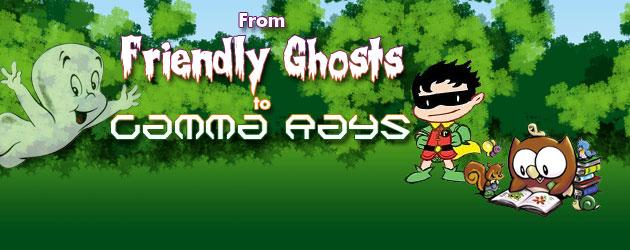
This might be a diatribe. I am not sure what a diatribe is so this might be one.
Bill Schelly wrote about the golden age of comic fandom and in my mind this zine marked the end of it. I remember this fanzine from when it first came out. Also, I understand that the two editors went on to contribute a lot to the medium and the hobby. I can only respect that. But at the time they were very young, quite courageous and were just figuring things out.
I picked up Infinity when it first came out but I don’t remember if I bought it or put it back down.
It seemed as though everyone was starting a fanzine. The trick was to advertise big name artists. Fantucchio, Corben, Newton, a tracing by Dan Adkins which could be purchased for $5 at the time, more drawings by Jones, Wrightson, Kaluta and the other Jones, then maybe a few drawings by guys who were coming into their own like Rosa, Nelson Christopher, Hanley and the other, other Jones. The editor could fill in the rest with not quite ready to be paid for stuff by local talents if he wished. It would sell. Articles didn’t seem to matter much. Poster drawings of barbarians and SF themes mattered a lot. And the FAN in fanzine was nearly gone. They were prozines and the pros didn’t have to be at their best. The art could be quick sketches and it would still allow their names to be used in ads.
Anyway, Gary Berman and Adam Malin seemed to understand that and be first off the block with putting the idea into practice.
Do I remember correctly that they also started the Creation conventions?
I think you might be right about Creation. And, hey, I understand your point about this being the start of more prozines, but it seemed to me they existed concurrently with the smaller budget zines just fine.